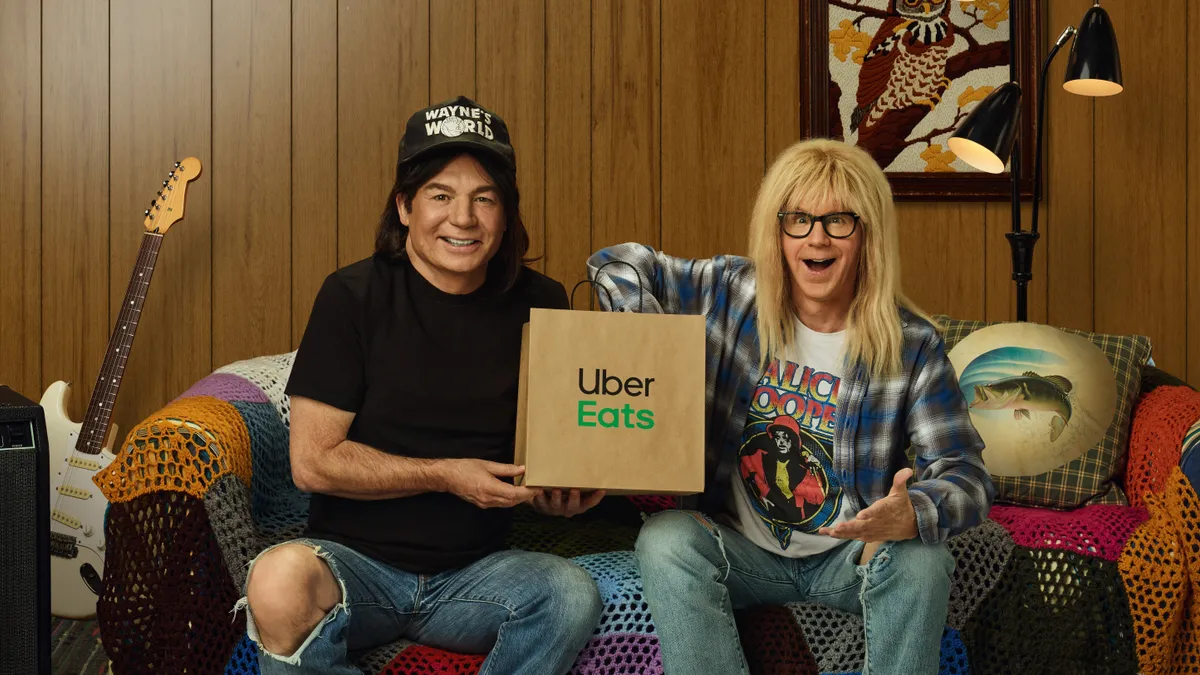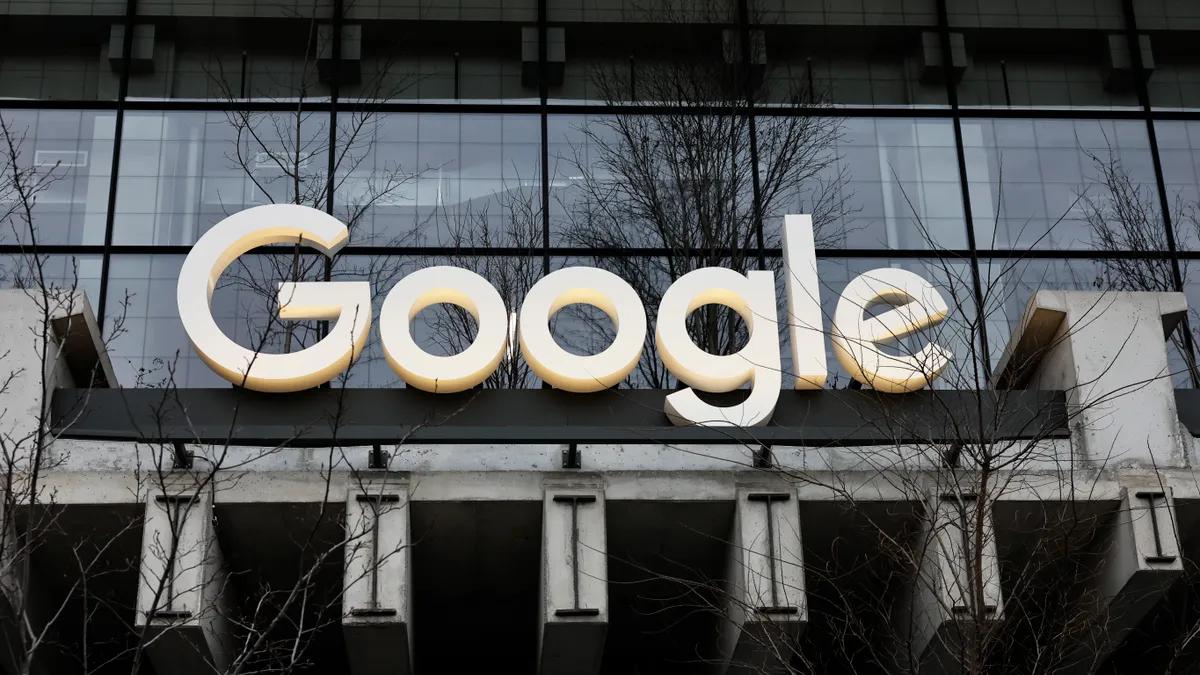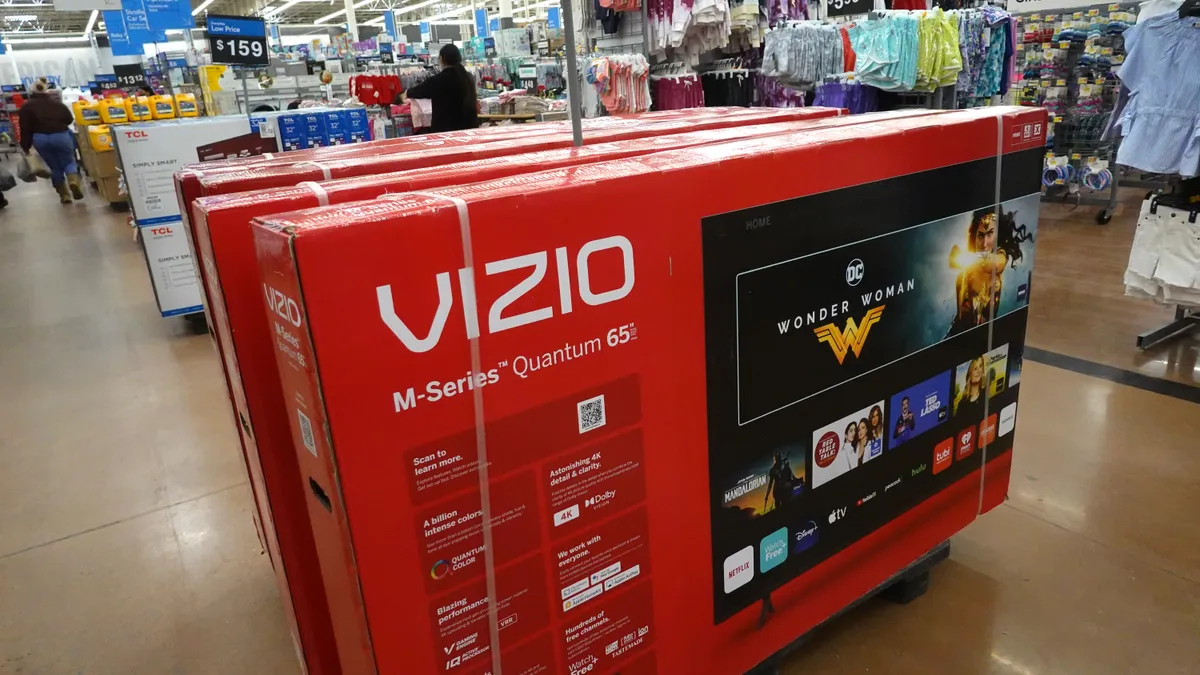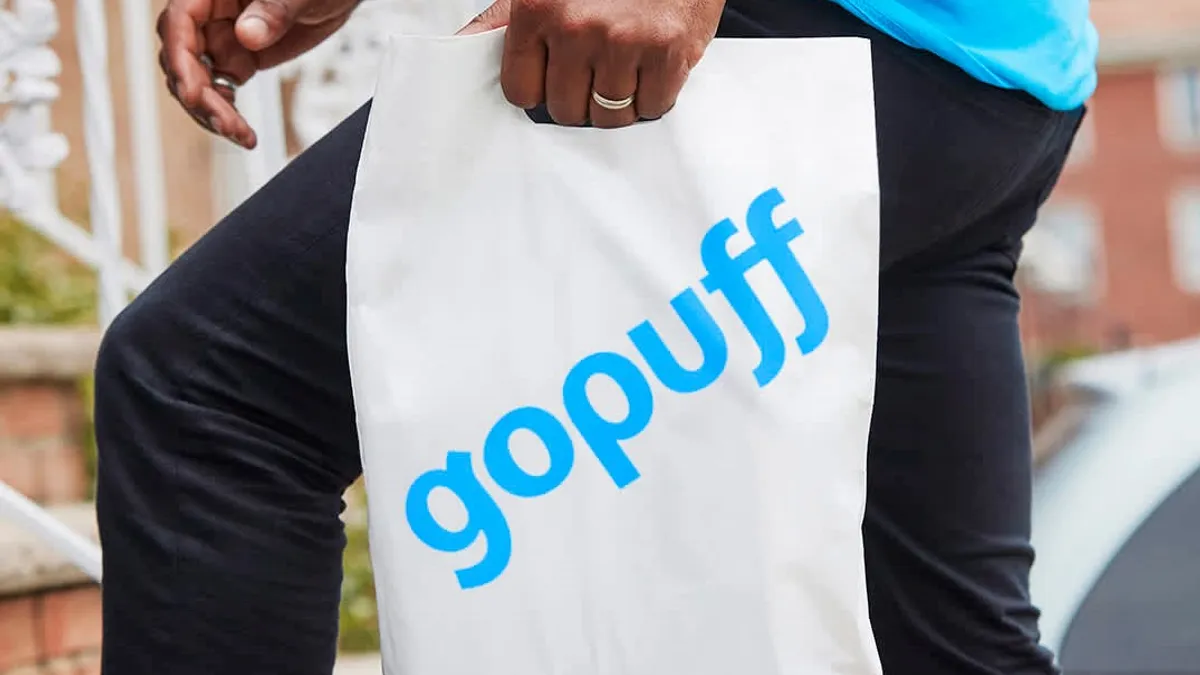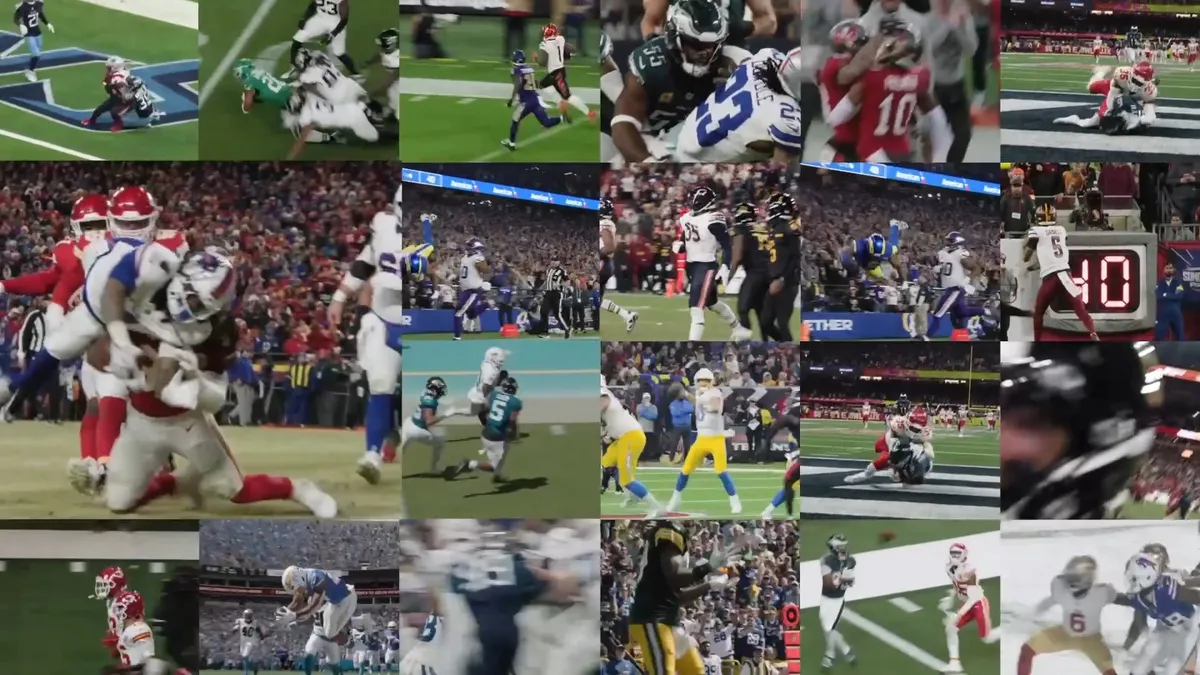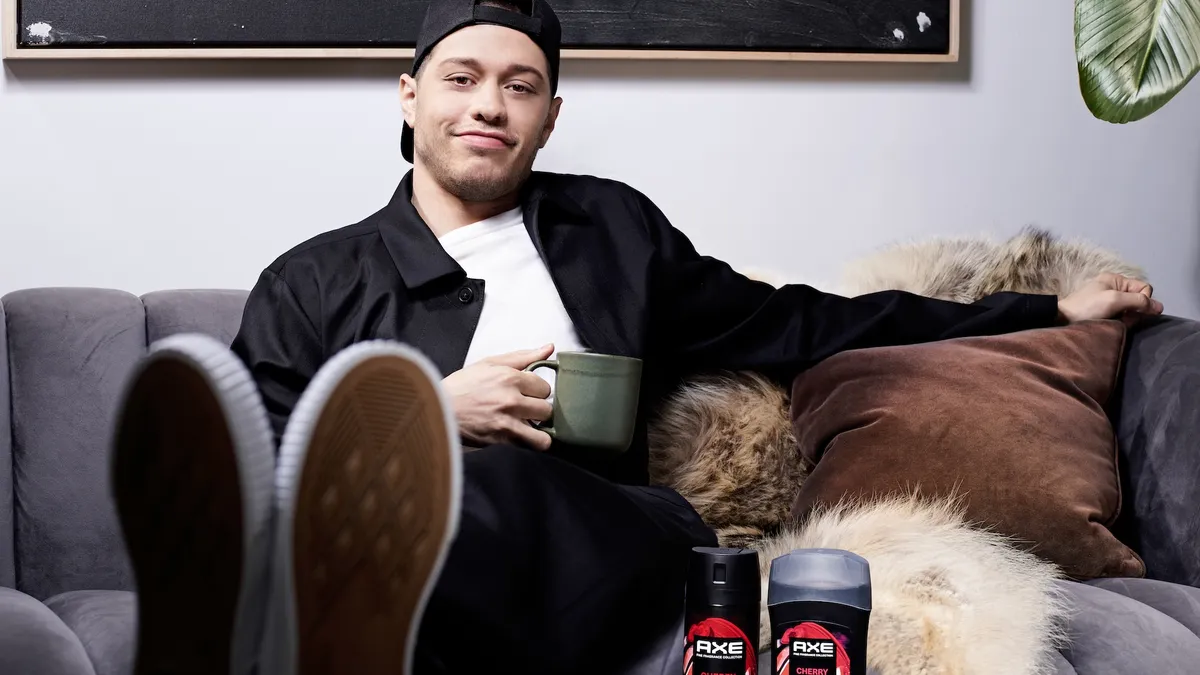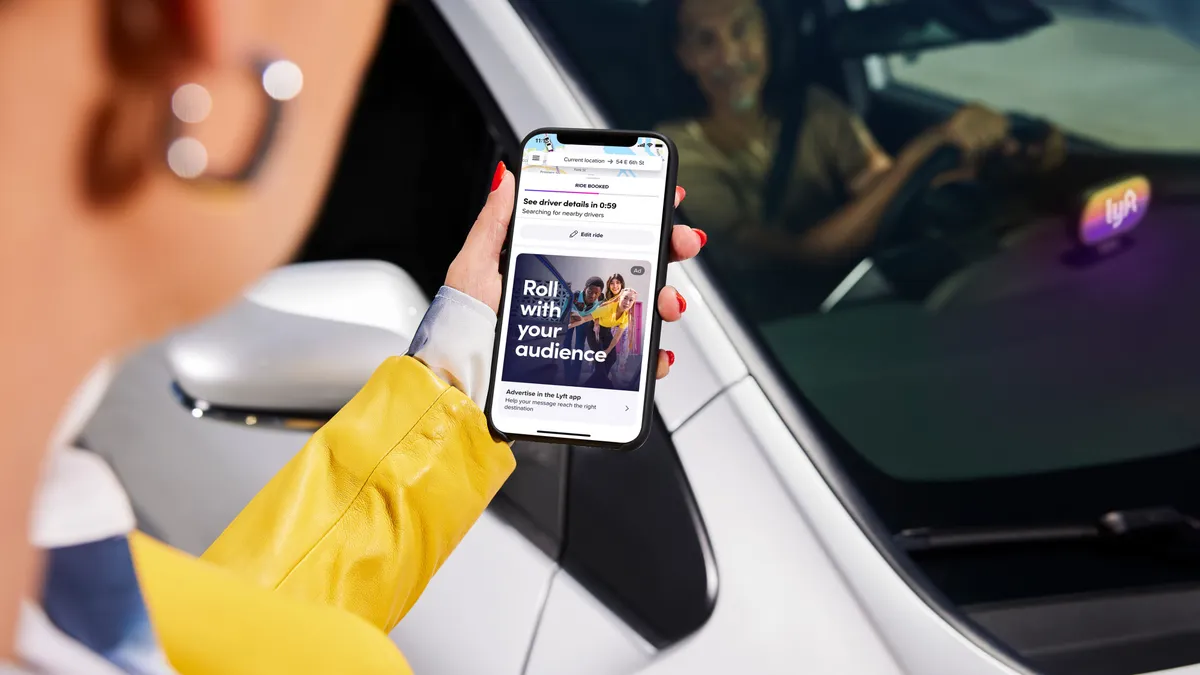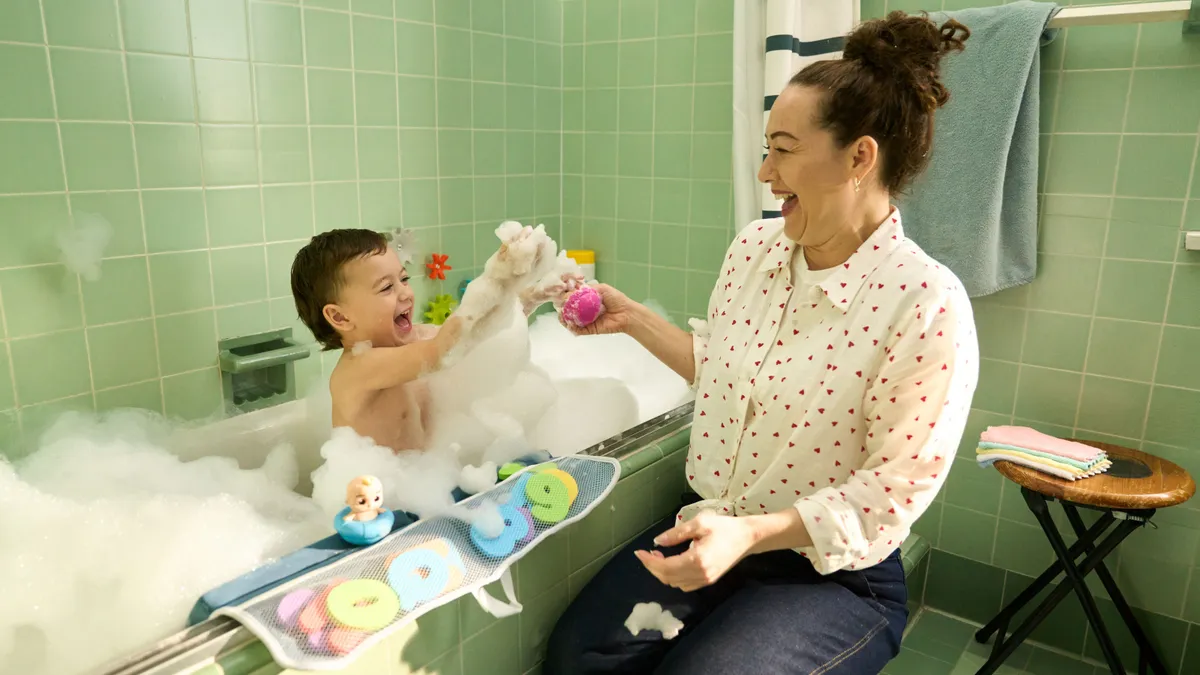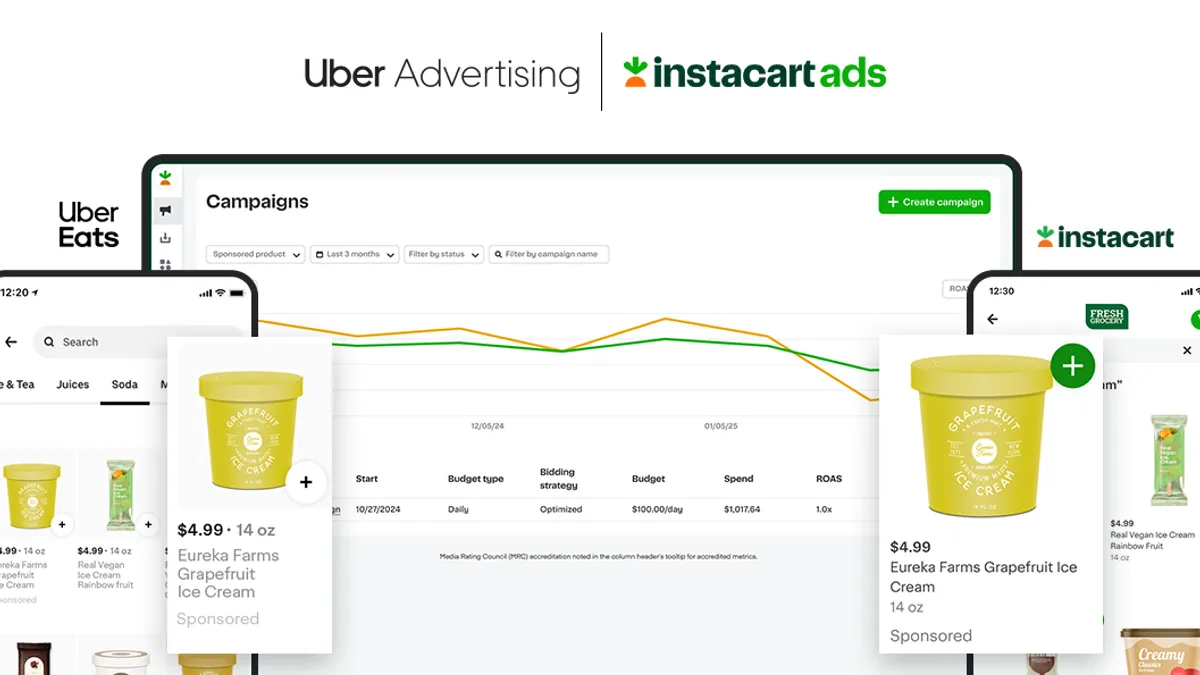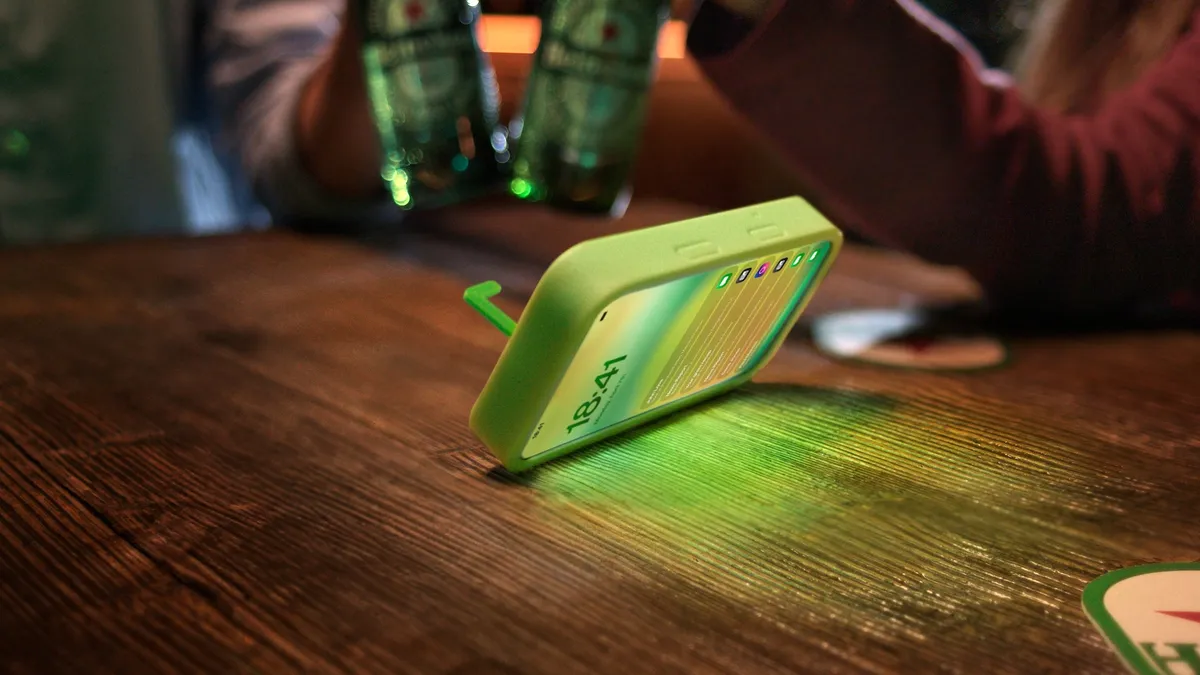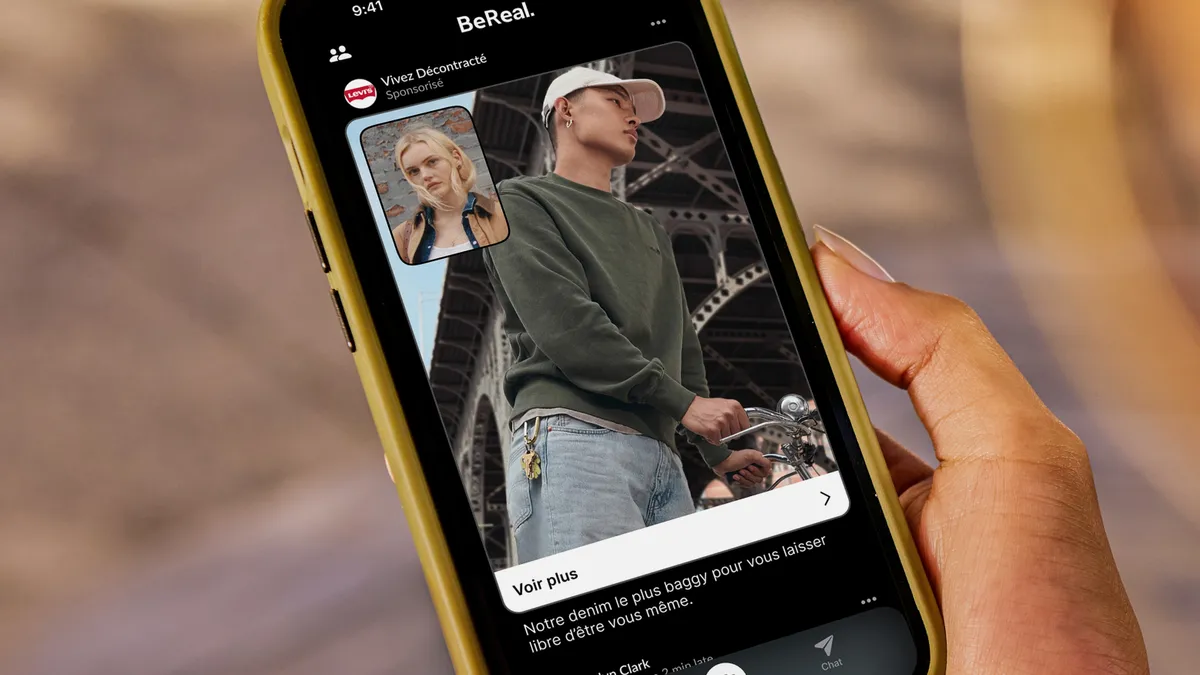The Super Bowl's ratings this year fell to a 15-year low, and yet the championship game last week still provided the single biggest stage for dozens of advertisers by reaching 91.6 million viewers. On top of passive TV audiences, the annual event also generates significant social media buzz as people use smartphones to share their reactions to commercials — sometimes rivaling commentary about the game itself.
That second-screen experience has become an increasingly critical piece of the Super Bowl in the past decade, leading brands to develop campaigns that urge fan interaction before, during or after the game. Whether they ran commercials with a call to action or counter-programmed against the game with a social media effort, many brands doubled down on mobile activations around the big game this year to interact with homebound consumers.
"This is a really creative bet by some of these brands, because the consumer will be connected to their mobile device more than normal this year," said Tim Rogers, senior vice president and global general manager at advertising technology company Criteo. "So, the thinking is, can I get them to convert immediately, or at least come to my website and get more informed?"
Digital newcomers see an install surge
This year's game was notable for the bigger presence of digital newcomers like DoorDash, Fiverr, Indeed, Klarna, Mercari, Reddit, Robinhood, Uber Eats and Vroom, whose apps provide key touch points with consumers. With many people stuck at home during the pandemic, their businesses saw higher activity in the past year.
Among those companies, securities trading app Robinhood and online used-car seller Vroom saw a "noticeable upswing" in adoption on Super Bowl Sunday, a spokesperson for app analytics firm Sensor Tower told Marketing Dive via email. Its analysis showed that first-time installs of Vroom jumped 119% from the day before the Super Bowl on Feb. 7, while Robinhood, which was in the news last month after halting purchases of shares in GameStop and other heavily traded stocks, notched upward 113%.
"This is a really creative bet by some of these brands, because the consumer will be connected to their mobile device more than normal this year."

Tim Rogers
Senior vice president and global general manager, Criteo
The uptick in activity likely reflects their respective debuts as Super Bowl advertisers, but even established brands likely saw similarly high levels of second-screening activity. Bud Light, Cadillac, Jeep and Mountain Dew were among the top performers in online engagement after their ads ran during the game, according to data compiled by EDO.
Sports betting site DraftKings embedded one of the strongest calls to action of the night in a 15-second spot that aired twice during the Super Bowl. The commercial asked viewers to download its sports fantasy game app and participate in its "4Q Prediction Challenge" for a chance to win $1 million. The challenge was a way for DraftKings to introduce its service to people who are new to fantasy sports games, which are more loosely regulated than sports betting in most parts of the U.S., and extend the reach of its in-game ad. That approach also gives DraftKings an additional way to measure the effectiveness of its big game spot in turning passive viewers into active participants.
The company has separate sports betting and casino apps that were among the gambling apps that saw a 74% weekly surge in downloads in the lead-up to the Super Bowl, according to Sensor Tower data cited by Variety. As more states legalize sports gambling, DraftKings is poised to maintain that momentum among consumers who recognize its brand from the Super Bowl campaign for the fantasy sports app.
'A creative bet'
Part of the increase in online engagement around this year's somewhat unusual football championship may have been attributable to viewers who were watching the game alone at home while connecting with family, friends, fans and followers through social media. With fewer distractions that come with watching the Super Bowl at a bar or party, viewers likely were more focused on their screens.
This year's Super Bowl brought more digital experiences, though the strategies to gain viewer attention differed. Verizon, the telecom giant that was an official sponsor of the game, missed out on a bigger opportunity to showcase 5G connectivity at Raymond James Stadium in Tampa, Florida. With fewer fans in the stands, the company focused on online content that people could enjoy at home.
In the week before the championship match, Verizon unveiled a virtual football stadium in Fortnite, the hit video game that's popular with U.S. teens. The company welcomed gamers to visit the stadium to see NFL players and professional gamers compete in a variety of games custom-built for the virtual experience. The telecom also created a 5G SuperStadium in the NFL app that let iPhone 12 users see the on-field action from different camera angles, further gamifying its mobile activation around the marquee sporting event.
For brands that opted to not pony up the reported $5.6 million price for a 30-second Super Bowl spot, one alternative was to run a counter-programming campaign that parlayed interest in the game into a second-screen experience.
Molson Coors' Miller Lite beer hosted a typing challenge aimed at distracting viewers from a TV ad for Michelob Ultra, a high-growth brand made by rival AB InBev. In the days ahead of the game, Miller Lite noted the one-calorie difference between its 96 calories and Michelob Ultra's 95 calories, and devised an 836-character URL meant to burn off that single calorie as people typed it into a web browser. Viewers who typed in the lengthy web address during Michelob's Super Bowl spot had a chance to win $8 via Venmo, enough to buy a six-pack of Miller Lite. The campy effort was a low-budget way to generate some buzz as Super Bowl viewers watched the game with smartphones in hand.
"Traditionally, a Super Bowl ad was about creating awareness — sometimes, consideration — but most of all, buzz. But buzz is very difficult to quantify in regard to its impact on sales," Criteo's Rogers said. "Tracking social media views and a bunch of other things are a good means to drive an outcome from your Super Bowl ad."


